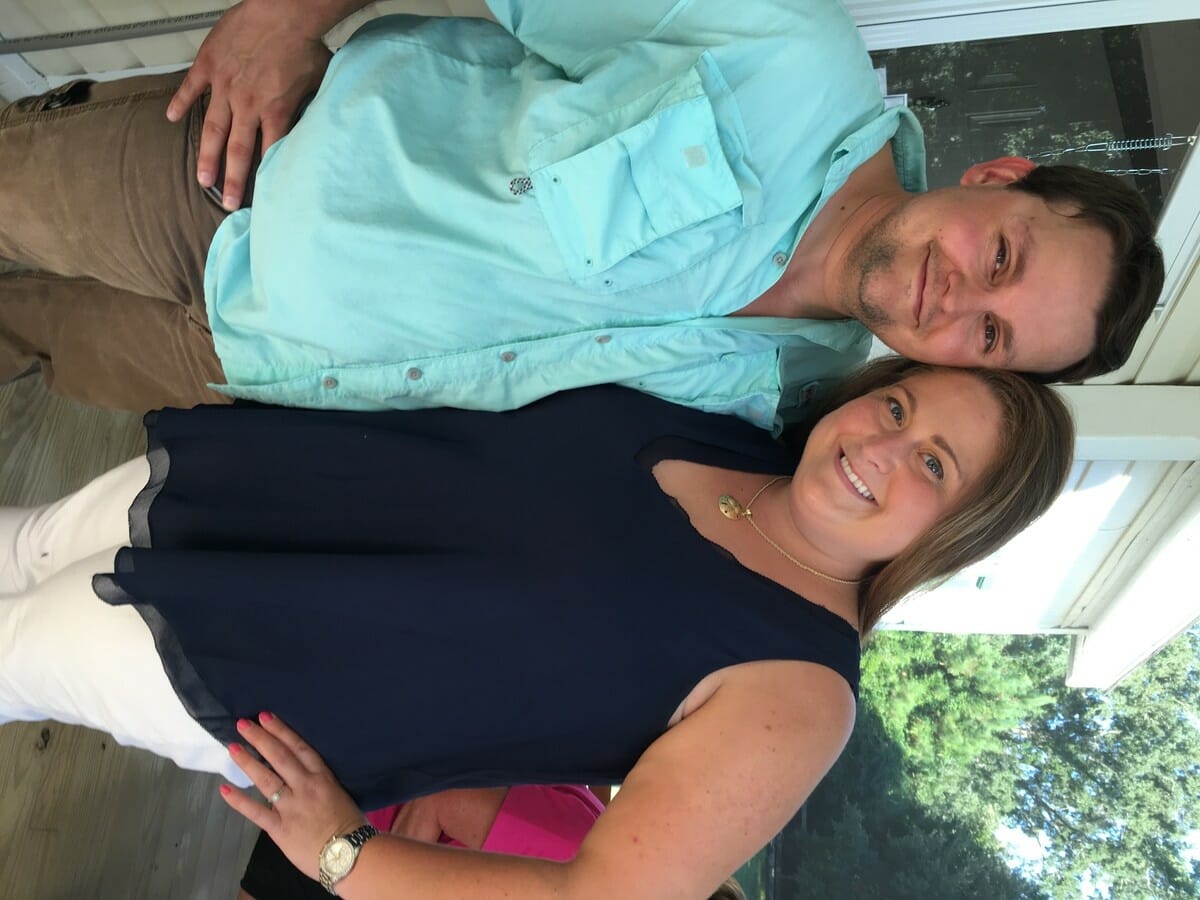By Celia Strong
Finally (and I’m not sure why this hasn’t been done before now) this week we’re going to do “sets” of wines.
One of the easiest and best ways to learn some things is by comparison. With wines, it seems pretty obvious that by tasting two wines, side by side, the similarities and differences between them is much more noticeable.
With tasting, we are able to ingest much more information than we can just by reading about them on a piece of paper. We get to see and feel differences, plus we also get smells and tastes. Way more for our brains to hang onto and to remember. And, let’s face it, it’s more fun.
If we go back a lesson or two, we talked about unoaked Chardonnays. And, over the years, we’ve tasted others. So that our lesson today is as good as it can be, we need to review a bit.
“Unoaked” is a style, not a quality, like filtered or unfiltered and with or without malolactic fermentation.
In the world of Chardonnay, since that is predominantly where “unoaked” is used, the wines become lighter and crisper.
More varietal flavors show in these wines. With unoaked Chards, we usually lose the creamy, buttery, vanilla components that come from time in wood barrels.
Aging, in stainless steel or cement tanks, is still an option for unoaked winemakers. By letting their wines sit on their lees in tanks, additional flavors and textures can be augmented. Unoaked Chardonnays may not have the flavors and textures of wood, but there is no reason to expect unoaked to be plain or dull or boring, just different.
Now, review done, our real work begins.
We have several “sets” of wines to look at. What makes this lesson so good is the sets are two Chardonnays, both from the same winery. One is oaked and one is not. What a phenomenal way to learn the differences! And what a lot of fun. By yourself, or with friends, this is a great experience. (It will probably be best when you do your studying and tasting to keep the unoaked wine in your left-hand glass and the oaked in the right.)
Our first set is from Columbia Crest Winery in Washington State. Their Grand Estate tier has both wines. The unoaked Chardonnay is made in stainless steel tanks.
After harvest, the grapes are fed into membrane presses where the juice is quickly separated from the seeds and skins. Fermentation is cool and lasts 14 to 20 days. Partial malolactic fermentation is done and the wine does sit on its lees for a bit to build structure and enhance its mouth-feel.
This wine is light-bodied with lemon seed, green mango and orange blossom notes. It has a lively acidity.
The oaked Columbia Crest Chard is partially fermented in stainless steel – just 22 percent. The rest is fermented in barrels. All the wine in the barrels is stirred every week during its nine-month aging.
Finished, this Chard has intense apple and melon flavors mixed with crème brulée, caramelized sugar and butterscotch. Buttery and creamy textures balance its acidity. Both for $8.99.
Estancia in Monterey County, Calif., does both styles of Chardonnay, too. Its unoaked is also fermented in stainless steel. And, it benefits from the cool night temperatures in its vineyards that lets the grapes hang on their vines longer to develop more flavors.
Uninhibited by oak, this wine dazzles with Asian pear, key lime, mango, pineapple, orange blossom and citrus aromas and flavors. Its acidity is crisp, with a touch of minerality.
The oaked version of Estancia is more golden colored. The wine is aged in small oak barrels for eight months and half of it has been through malolactic.
It has honey, tropical fruit, pineapple, peach, apple pie and caramel custard flavors and a lushness on your tongue. The unoaked goes for $9.99, oaked for $12.99.
Also from California, and the Monterey area, Merlot Soleil does both styles of Chardonnay.
For its unoaked wine, this winery chose to use a unique bottle style. This wine is called Silver, and it comes in a gray crock bottle. For sure, it stands out as something different.
This is a heavier version of an unoaked Chard, round and layered in your mouth. It is deep yellow colored with intense aromas that include flower blossoms, pears and honeysuckle, with lots of Meyer lemon flavors added in.
Its weight can mislead less experienced tasters into thinking it is oaked. But full and rich and lush is the Mer Soleil style, so both unoaked and oaked wines follow that.
As much as the Silver is a stunning balance of acidity and lush flavors, the Mer Soleil Chard is too. Just more creaminess, more developed flavors, more weight on your tongue. Silver for $21.99, Merlot Soleil for $29.99.
So, fun and knowledge. Not one without the other. And more new wines.
Enjoy.



